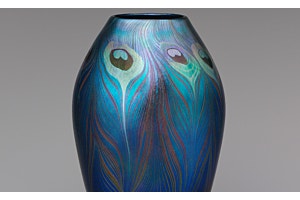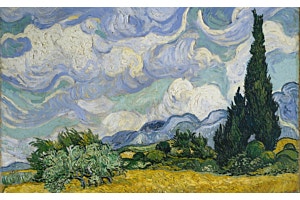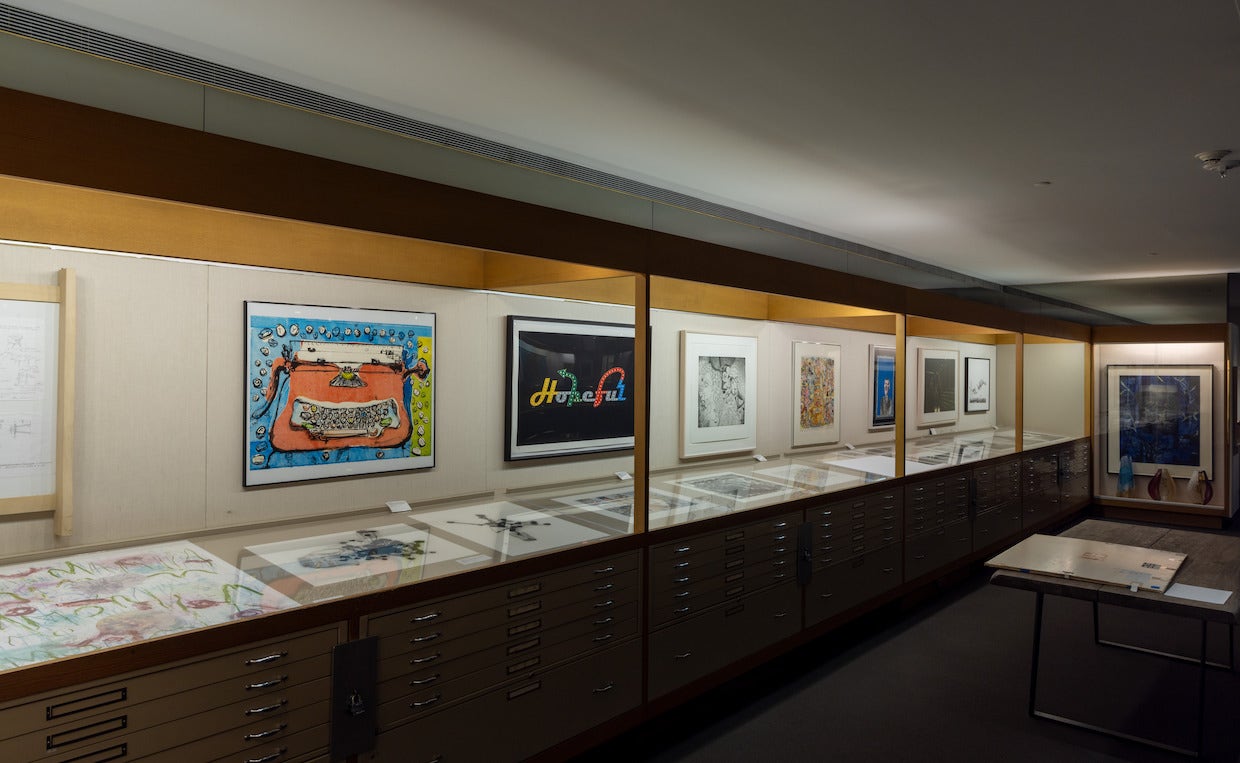
The Gallery at The Met Store, formerly known as the Mezzanine Gallery, is a rare treasure situated within the Museum. Here, members of the public can choose from a curated selection of editioned pieces by world-renowned artists, most of whom are likewise represented in The Met’s holdings.
“The Gallery at The Met Store has a long history of bringing together a rich selection of original prints for sale,” explains Nadine Orenstein, Drue Heinz Curator-in-Charge, Drawings and Prints at The Met. “Its offerings reflect work in the Museum's own collection and its proceeds benefit our mission.”
At the helm of The Gallery is manager Laura Einstein, who’s tasked with acquiring works on paper that are in dialogue with The Met collection. Here, Einstein discusses the unique positioning of this space within The Met, the enduring value of prints, and how to start an art collection of your very own.
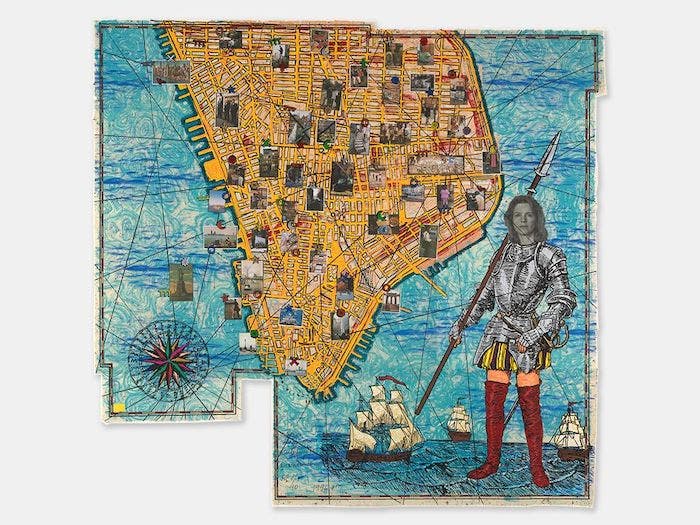

Tell us about yourself and your role at The Met!
I currently manage The Gallery here at The Metropolitan Museum of Art, where I bring more than 30 years of experience in curating and museum work. As a former curator of Asian art at Yale University Art Gallery, I was in charge of the Japanese print collection, which ignited my love of and appreciation for original prints. I was on the board of the Center for Contemporary Printmaking for six years, and I served as its Executive Director for three years. My passion for original prints continued—I collect and sell them. As the curator Ruth Fine said, “The price of a work of art does not reflect its value.” I believe in what I sell and that makes it very easy for me to do it. The price [of prints] is usually less than that of oil paintings, for instance, but the value is there.
The French peintre-graveur (painter-engraver) refers to an artist who makes original prints. The term, popularized by the great print scholar and cataloguer Adam von Bartsch (Austria, 1757–1821), inextricably joins painting and printmaking, and many printmakers paint and print simultaneously—one medium informs the other. I am so pleased to be at The Met—my fourth role here in different capacities—and to support the goals and mission of the Museum.
What is The Gallery at The Met Store? How does this space operate within The Met but differ from the Museum’s galleries?
Since the 1970s (for almost 50 years), The Gallery at The Met Store has offered superb fine art prints for sale. Only a small handful of museums have this type of retail space within their walls. The Gallery is committed to supporting The Met's collection, study, conservation, and presentation of 5,000 years of art. By partnering with artists on limited-edition prints and other works, The Gallery continues to feature pieces by renowned artists such as Jasper Johns, Vija Celmins, Richard Serra, Robert Rauschenberg, George Condo, and many others.
Most recently, I worked on The Met’s 150th Print Portfolio, which celebrated The Met’s 150th anniversary. This was a wonderful way to raise funds for the Museum with an extraordinary portfolio of artists: Siah Armajani, Vija Celmins, Jasper Johns, Kerry James Marshall, Julie Mehretu, Wangechi Mutu, Gabriel Orozco, Ed Ruscha, Ranjani Shettar, Richard Serra, Sarah Sze, and Xu Bing. The Met has acquired the first edition of the portfolio, which went on view starting September 16, 2021, on the second floor of the Museum in the passageway opposite Galleries 691–693.
The primary purpose of an art gallery is to display artwork that is for sale—“gallery” refers to a place that exhibits and sells work by different artists. On the other hand, the word “museum” means, “a place where artifacts are stored.” That’s the main difference between the two terms.
Are all of the artists represented in The Gallery also in The Met collection?
Ninety-nine percent of the time, the artists in The Gallery are represented in The Met collection. If an artist in The Gallery is not in the collection, it’s because their work references a piece in the Museum’s holdings.
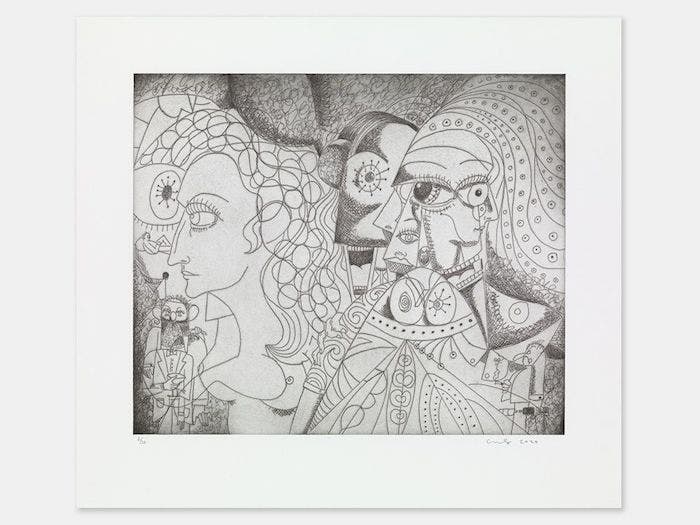

How do you typically decide what or whom to exhibit in The Gallery?
I can look at art 24/7. I visit museums and galleries worldwide, read exhibition catalogues (I really do!), and network with other artists and writers. This way, I am open to works that are relevant; reflective of the zeitgeist, or spirit of the times; and created by exceptional master printers/studios that show a level of skill that I believe to be worth displaying and selling. I can sell work that I do not personally appreciate or want to buy myself. It is the overall complementary nature of this 3,000-foot space that is important to me, and will guide my selections—how it all looks and relates to each other.
What’s the benefit of collecting prints and editions, especially from The Met?
I sold a Jane Dickson (American, b. 1952) lithograph at a friends and family discount to my son’s best friend. This is the first work of art that he has purchased at the age of 28. He acquired a gorgeous lithograph for $800, which will be important to him as he builds his collection. Jane is currently in the 2022 Whitney Biennial with the younger generation of artists. This makes me very happy—that lithograph, which dates to 1990, has new relevance today.
Do you have any essential advice for new art collectors?
Collect what makes you smile. Collect works that speak to you. You can think of what might increase in value, but that is a slippery slope. One day’s extraordinary work might be less significant in 10, 20, or 30 years. If you buy what speaks to you—what you feel a visceral connection to—you will be much happier, I think. Also, look at pricing and comparables such as buying a house. I recently bought a work that the artist could not remember the price of, and he gave me what he thought was a very reasonable deal. I did some research and saw that the work was actually priced lower than what he offered it for. So when purchasing, always know the fair market value of a work.
Are there any exciting events or acquisitions in the works?
Yes, I am planning a lot for the fall: author and book discussions, reopening to the public, representation on the Museum’s website, more publications with renowned artists, and six-month rotations of works installed in The Gallery.
Listen to Laura in conversation with Ann Shafer on Platemark, a podcast devoted to prints and printmaking.
The Gallery at The Met Store is accessible to visitors during Museum hours, and is currently operating by appointment only. Please call Laura Einstein in advance at 212-650-2908 or email Laura.Einstein@metmuseum.org


